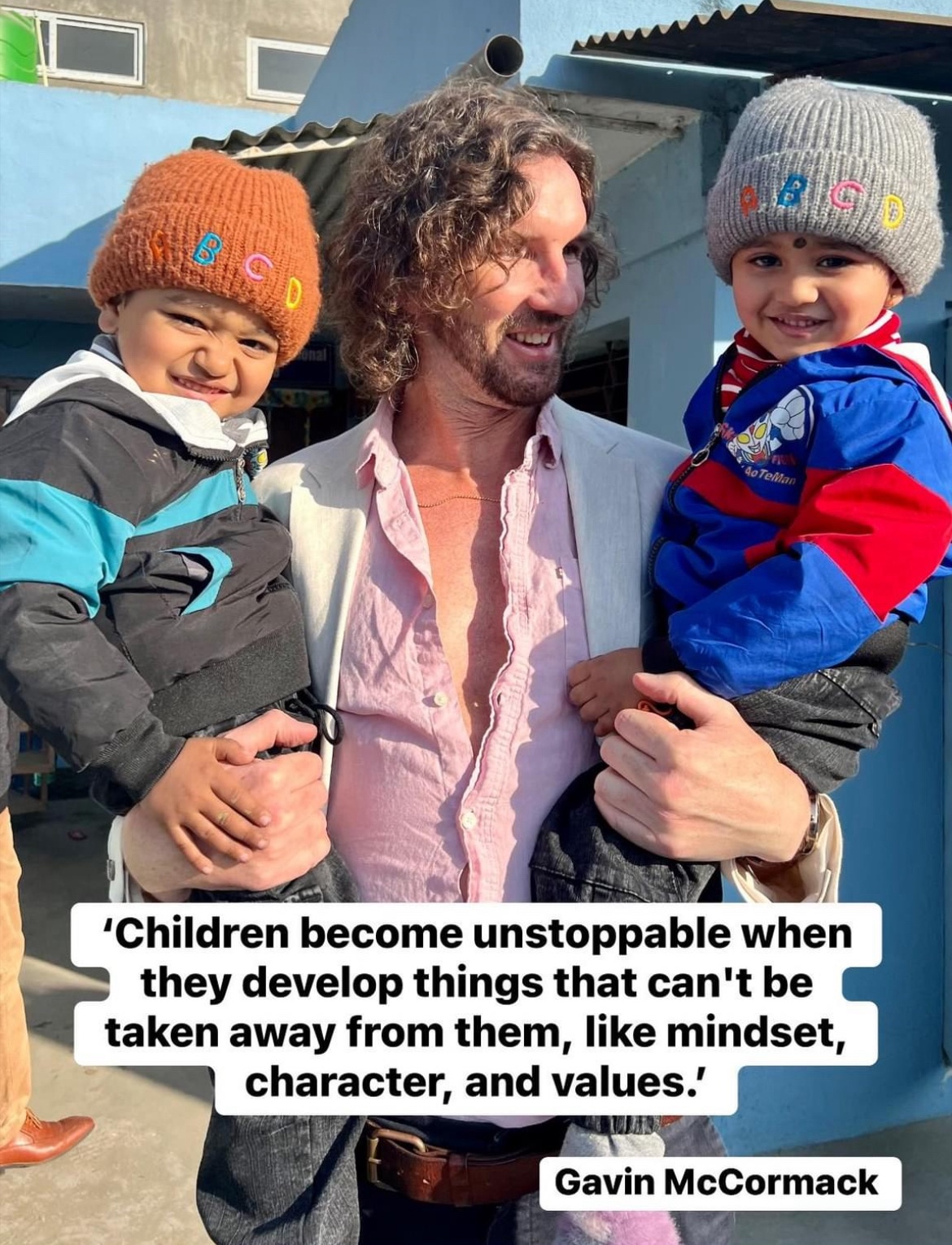As passionate teachers we all know that learning should be engaging and joyful. One way to promote a fun and creative learning environment is by empowering students to pursue passion projects that reflect their interests and strengths. However, how can teachers support this type of learning while also modeling engagement and enthusiasm?
Here are some strategies and examples of how you can bring joy back into the classroom and encourage your students to pursue their passion projects:

1. Provide Choice and Autonomy: Giving students the freedom to choose their own passion projects is crucial for developing a sense of responsibility and accountability. Maria Montessori once said, “The essence of independence is to be able to do something for oneself.” By offering students autonomy, you are allowing them to take ownership of their learning, which can have a profound impact on their motivation and engagement.
For instance, a student who is interested in art could create their own masterpiece or study an artist they admire, while a student who is passionate about nature could design a garden or research the habitats of endangered animals.
2. Incorporate Hands-On Learning Experiences: Encouraging students to experiment and learn by doing is a crucial aspect of Montessori education. Maria Montessori once stated, “The hands are the instruments of man’s intelligence.” By providing hands-on learning experiences, you are promoting experiential learning, which allows students to apply what they’ve learned in a meaningful way.
For example, a student who is interested in science could design and conduct an experiment to test a hypothesis, while a student who is passionate about history could create a timeline of significant events or build a model of a famous landmark.
3. Model Enthusiasm and Engagement: Teachers can model engagement and enthusiasm by participating in their own passion projects alongside their students. Maria Montessori emphasized the importance of educators’ role as role models when she stated, “The teacher must derive not only the capacity but the desire to observe natural phenomena.” By showing students what it looks like to be fully engaged and invested in a project, teachers can inspire them to pursue their own interests.
For instance, a teacher who is passionate about photography could share their work with students and give them tips on how to take better photos, while a teacher who is interested in cooking could lead a cooking class and help students create their own recipes.
4. Encourage Collaboration and Sharing: Fostering a sense of community and collaboration is critical for creating a positive learning environment. Maria Montessori once stated, “The greatest sign of success for a teacher… is to be able to say, ‘The children are now working as if I did not exist.'” By encouraging students to share their passion projects with their peers, teachers can create an atmosphere of collaboration and support.
For example, students could give presentations on their passion projects to the class or host a showcase event where they display their work for parents and community members.
So as you can see, passion projects are an essential part of Montessori education. They offer students the opportunity to pursue their interests, take ownership of their learning, and develop a sense of responsibility and accountability. By incorporating these strategies and examples, you can foster joyful learning in your classroom and empower your students to pursue their passions while also modeling engagement and enthusiasm.








